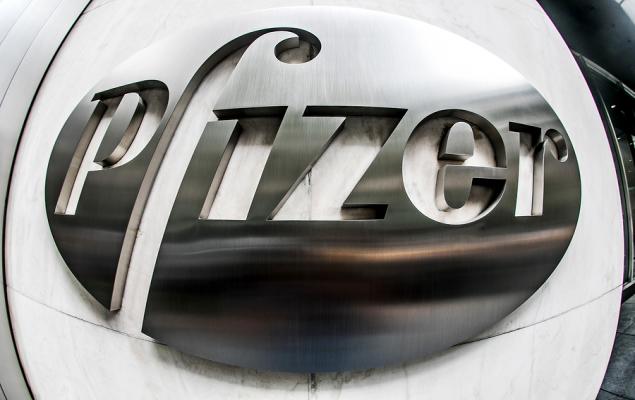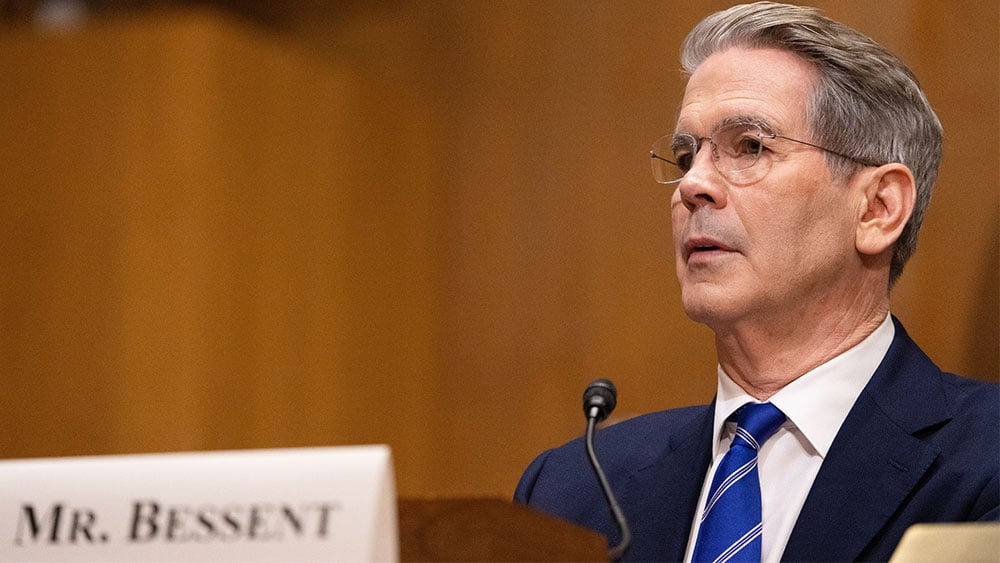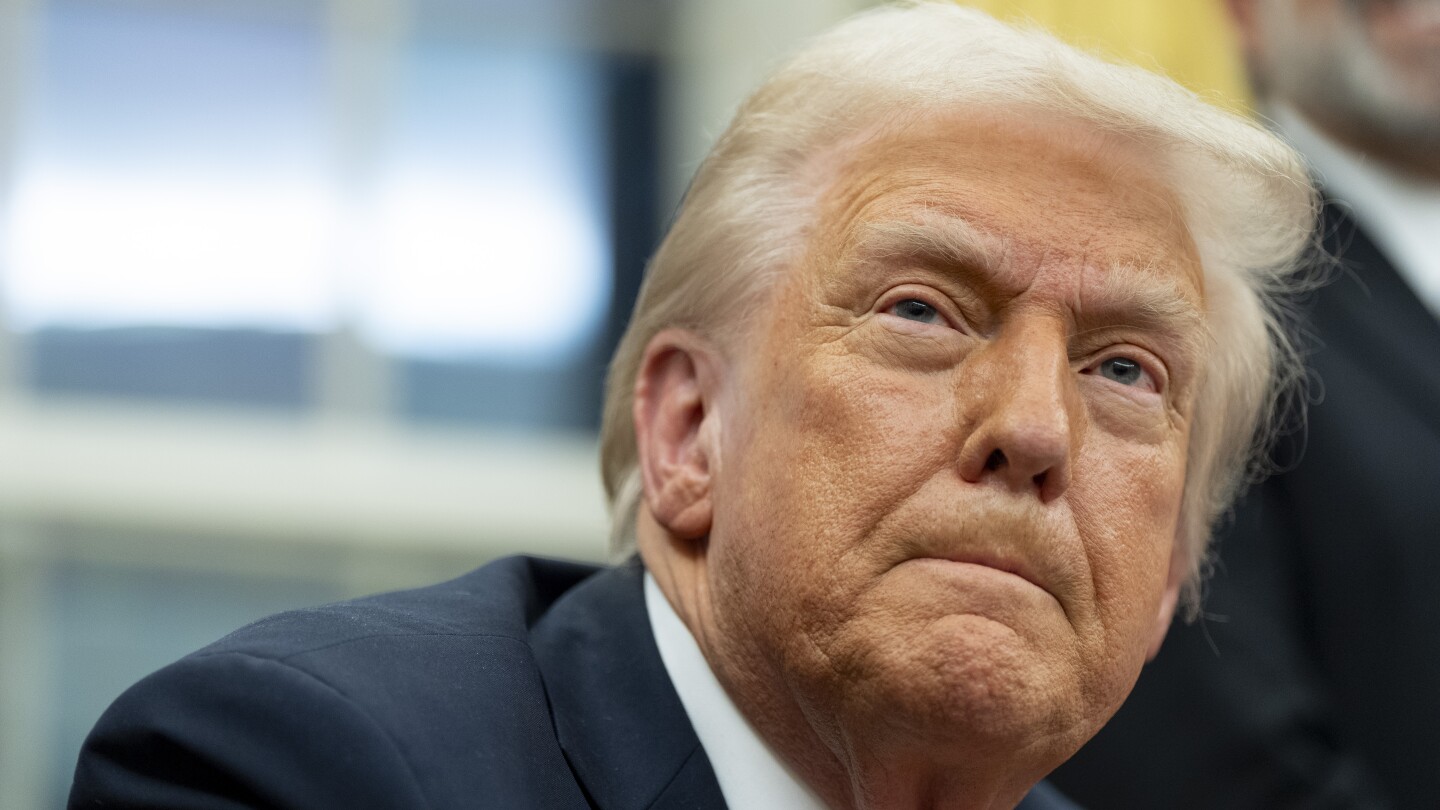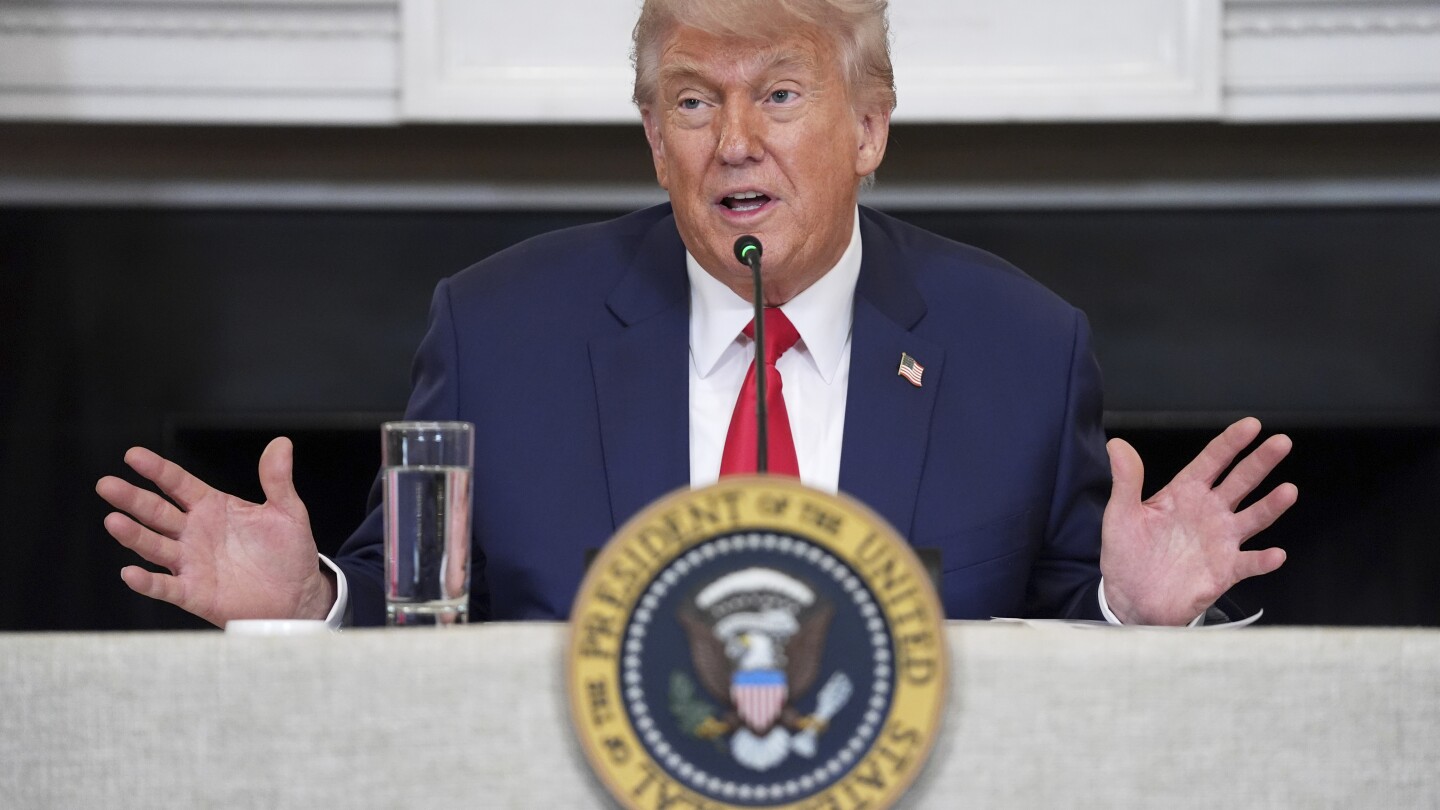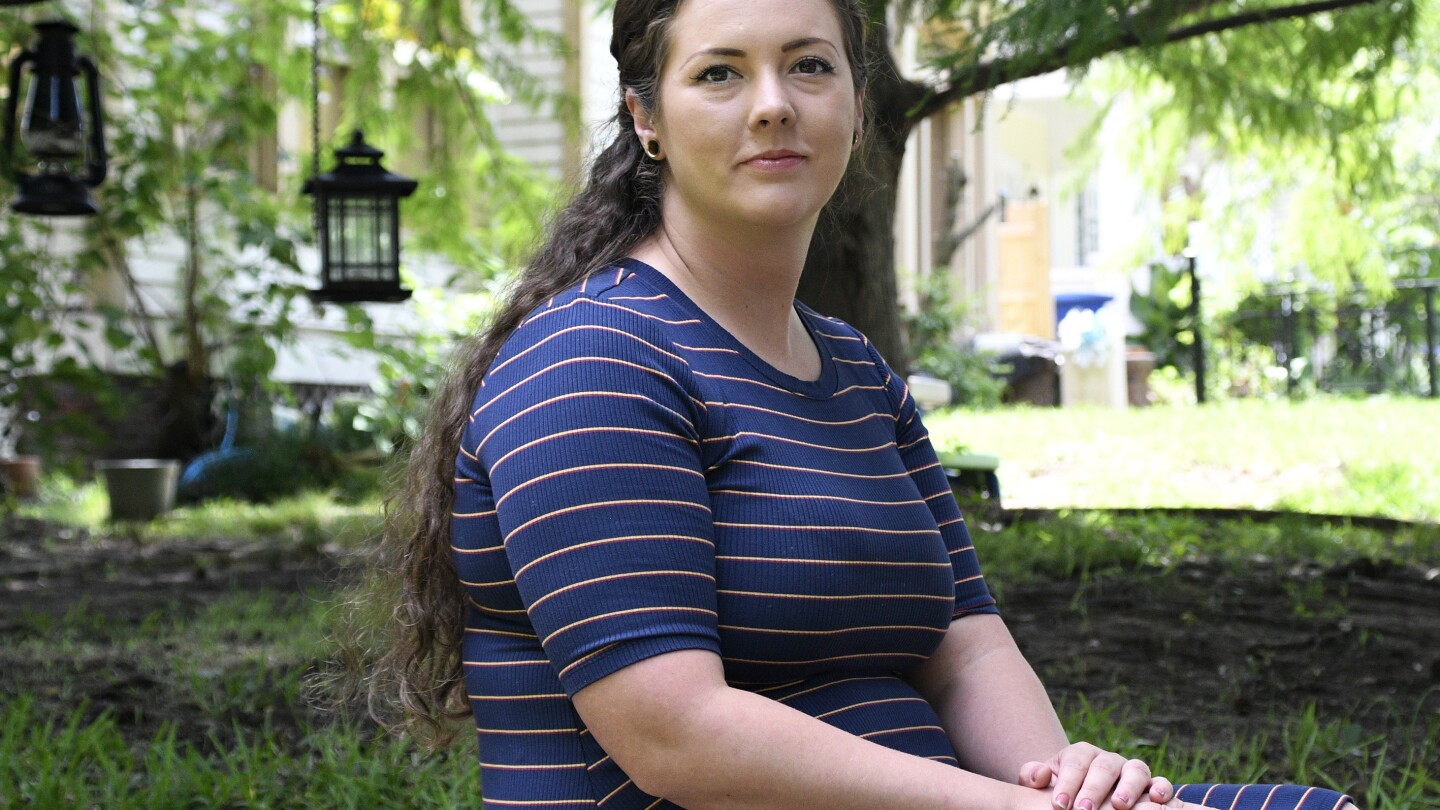Sam Goldfarb , The Wall Street Journal 3 min read 11 May 2025, 04:03 PM IST

Summary
Longer-term Treasury yields have climbed, keeping borrowing costs elevated, even as short-term yields have dropped.
Stocks have rebounded since President Trump’s tariff announcement sparked market turmoil. But there is still some trouble in the bond market.
Since April 2, declines in the prices of longer-term Treasurys have driven up the yield on the benchmark 10-year note to around 4.37%, according to Tradeweb. That climb happened even while shorter-term yields were falling, dragged down by bets that the Federal Reserve will respond to a slowing economy by cutting interest rates.
The unusual divergence, known in Wall Street parlance as a “steepening twist,” is already challenging policymakers and raising borrowing costs for consumers.
Typically, Treasury yields are heavily influenced by what investors expect short-term rates set by the Fed will average over the life of a bond. But longer-term yields—which play a major role in determining borrowing costs across the economy—have become less connected to that outlook, potentially making it harder for the Fed to spur growth with rate cuts.
One major reason is uncertainty about inflation. While investors think that inflation and interest rates will subside in the coming years, Trump’s mercurial approach to trade policy has made them less sure about those forecasts. They, therefore, are demanding more yield for the risk of holding Treasurys for a longer period—a form of additional compensation known as term premium.
The bond market is reflecting “uncertainty about where this economy is heading and still lingering uncertainty about what the policy landscape will ultimately be,” said Tim Ng, a fixed income portfolio manager at Capital Group.

View Full Image
Investors are also more hesitant to buy longer-term Treasurys because of concerns that the growing supply of bonds needed to fund the federal budget deficit will hurt prices, analysts said. House and Senate Republicans have been working for months on major tax-cut legislation that may or may not include significant spending reductions.
Most investors and analysts believe that even longer-term yields would still likely fall if the U.S. entered a recession this year and the Fed cut rates aggressively. The worry is that they might not drop very much, keeping rates on mortgages and other types of debt elevated just when the central bank wants to encourage borrowing.
The average rate on a 30-year fixed mortgage was 6.8% last week, according to Freddie Mac, up slightly from a month earlier.
Term premium can only be estimated. But by many measures, it was rising even before Trump’s April tariff announcement. Most models showed an uptick in 2021, when high inflation suddenly resurfaced after a decadeslong absence. There was another jump when Trump was elected last November, with investors betting that his policies might push inflation and deficits even higher.
Then came the tariff unveiling, which sparked a broad selloff across markets, including Treasurys. Yields have come down since then, aided by steps taken by the Trump administration to soften some of its policies. Term premium, though, remains elevated in various models.

View Full Image
It will be difficult “to undo the reset in term premia,” analysts at Goldman Sachs wrote in a recent report. “The underlying macro uncertainty…likely won’t simply resolve with shifts in rhetoric.”
A lasting shift higher in term premium could be manageable for the economy. By most measures, it was higher than it is today throughout the 1980s and 90s, while investors were living with the memory of 70s-era inflation. Economic growth was robust over much of that period.
Still, rising volatility in investors’ demand for longer-term Treasurys means officials need to tread carefully when setting monetary and fiscal policy, investors said. At a press conference last week, Fed Chair Jerome Powell repeatedly said the central bank wasn’t in a rush to lower rates, citing still solid economic data but also risks that inflation could climb again.
“They’re really trying to establish their inflation-fighting credibility and keep that credibility,” said Chris Brown, head of securitized products at T. Rowe Price.
For their part, Treasury officials have shown increased sensitivity to market conditions when deciding what types of debt the government should issue.
In 2023, officials started increasing the size of longer-term debt auctions to meet increased borrowing needs. But they slowed the pace of those increases following a big jump in longer-term yields—a move that helped calm the market.
During the presidential campaign, now-Treasury Secretary Scott Bessentcriticized the Treasury Department for not issuing more long-term debt. But he has since signaled that he has no plans to adjust auction sizes for the foreseeable future.
Write to Sam Goldfarb at sam.goldfarb@wsj.com
Catch all the Business News, Market News, Breaking News Events and Latest News Updates on Live Mint. Download The Mint News App to get Daily Market Updates.


